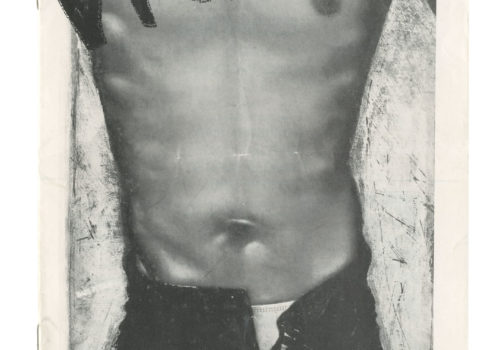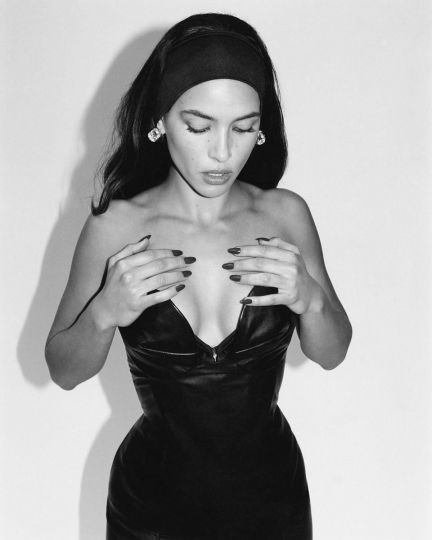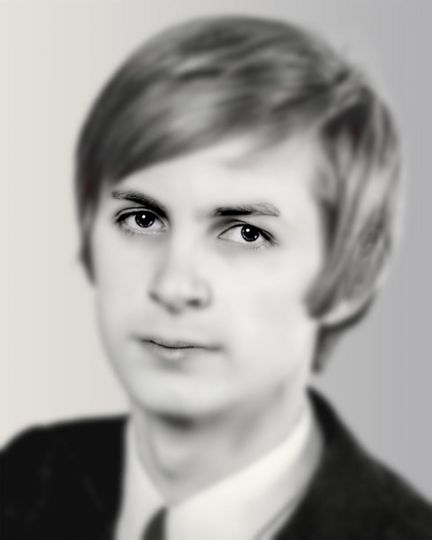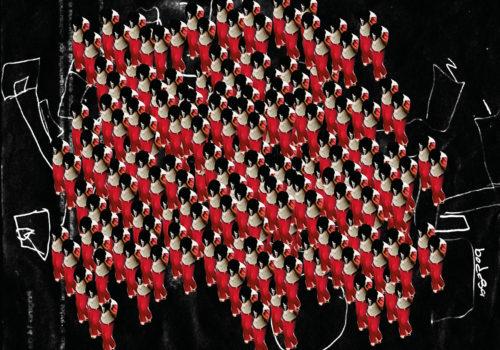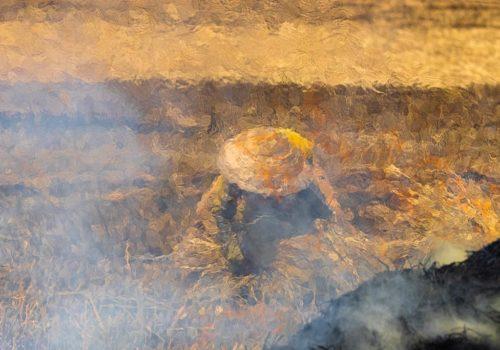Do It Yourself. The ethos of the punk movement that began in the 1970s with a kind of we-ain’t-got-no-money joie de vivre. Style is using what you have at your disposal and putting it to work; being crafty, creative, criminal if need be. Turning everything on end to what end? Perhaps just notoriety. But is that such a bad thing? Asking questions, turning heads, upsetting applecarts—in many ways the punk aesthetic forever altered our assumptions about progress by taking back the means of production and giving it to the artist themselves. Whether music, fashion, graphic design, photography, typology, illustration—so many categories revitalized by the outpouring of art students in our brave new world.
Punk: An Aesthetic, edited by Johan Kugelberg and Jon Savage (Rizzoli International Publications) is a beautifully produced collection showcasing the development of a visual language that has become a lexicon of street style that has been standardized by youth culture around the globe. Here, Jugelberg and Savage present some of the most famous and infamous examples of the punk aesthetic. It is all here: the record covers, posters, newspapers & magazines, flyers, t-shirts, comic strips, collages, and all sorts of ephemera of the era, including a manuscript page from The Great Rock & Roll Swindle screenplay (1977). Here, page after page features photographs of all sorts: concerts, promos, portraits, and snapshots, energies filled with casual glamour and teen angst, a theatrical display of sight and sound that, when it first appeared, shocked polite society.
As Kugelberg writes in the book’s introduction, “Punk, like hip hop, in an odd way was about performance—about Saturday night, getting loaded, elegant swagger, and the unfiltered nihilism of romance.…. The legacy of punk is simple: the immediate implementation of D.I.Y. grassroots culture among the young. No distance. Form a band, start a blog, become an artist, a DJ, a guitar player, and editor. There is no meaning stemming from authenticity: an authentic experience occurs, regardless of whether or not the art produced is authentic.”
The photographs featured in Punk: An Aesthetic reveal an exciting dialogue between design, type, and imagery that is one of the hallmarks of the movement’s style. Among the most notorious images is Jamie Reid’s Sex Pistols poster for God Save the Queen: here Queen Elizabeth II’s face is covered by text and set against the Union Jack, at once exalting her, defacing her, and questioning our assumptions about the monarchy. In this image we see the royal portrait subverted in the service of a greater purpose and here punk shows its true colors. Punk: An Aesthetic reminds us that creativity is heightened when economy is bad because we must look inside ourselves in order to speak truth to power about the times in which we live.
In Jamie Reid’s “Death Culture Stalks the Suburbs” we see the style at its height, appropriating the 1950s happy home and turning it on its head, literally, with a skull at the center of the sunken living room, where a coffee table should be. And the couple speaks to each other, in comic book bubbles, with words written on a typewriter in capital letters, and then at the bottom, a summary of the story of Nigel and Cecilia and the skull, which had first appeared as, “a blurred image on the thick pile carpet, but as the weeks progressed it materialized and solidified behind the crushed velvet pouffe.”
Heavenly creatures, each of these pieces turns out to be, each with its own story and style, taking on the here and now, the supernatural, the unnatural, the years of past, present, and future. Punk is the liberation of imagination, the independence from becoming a market acquisition, by becoming the object itself and thus it must be experienced—rather than consumed, as a capitalist market would demand.
Here, as with the performance of music, experience of dance, and the appearance of style and fashion, we give of our time and energies to be part of the scene, to connect with the people and the art being produced in the most intimate of manners. Punk breaks down the barrier between audience and art, and encourages the audience to participate so that everywhere we turn, everyone and everything becomes a part of the greater whole. Punk is art in its purest sense; it is about taking what you already have and fashioning it into an expression of self.
Miss Rosen
Punk: An Aesthetic
Edited by Johan Kugelberg and Jon Savage
with essays by William Gibson, Linder Sterling, and Gee Vaucher
Hardcover with jacket / 352 pages 500 color and b&w photographs / 8.5” x 10”
ISBN: 978-0-8478-3662-8
$55.00 US, $60.00 Canadian, £35.00 UK

